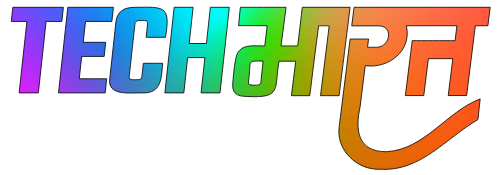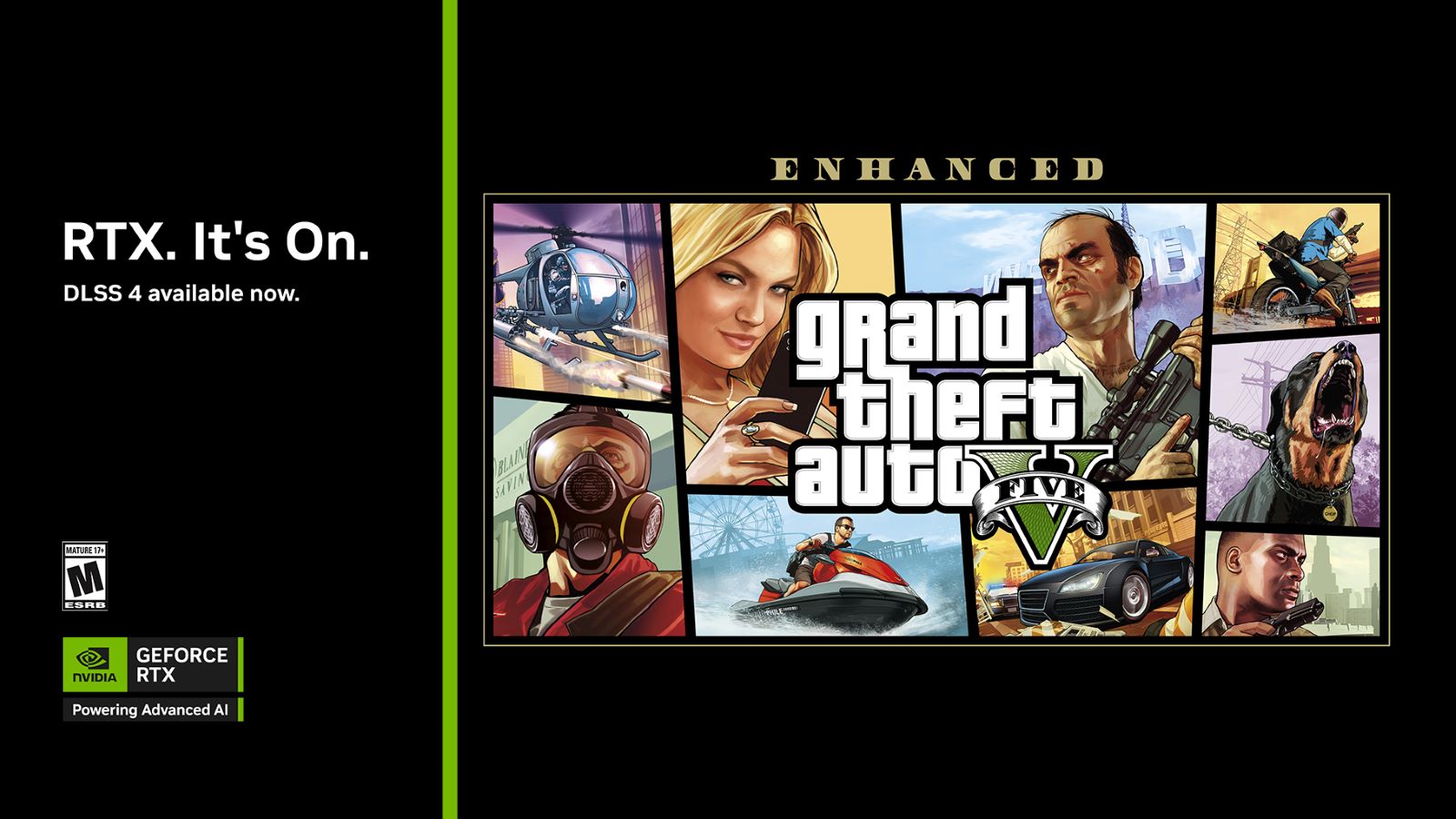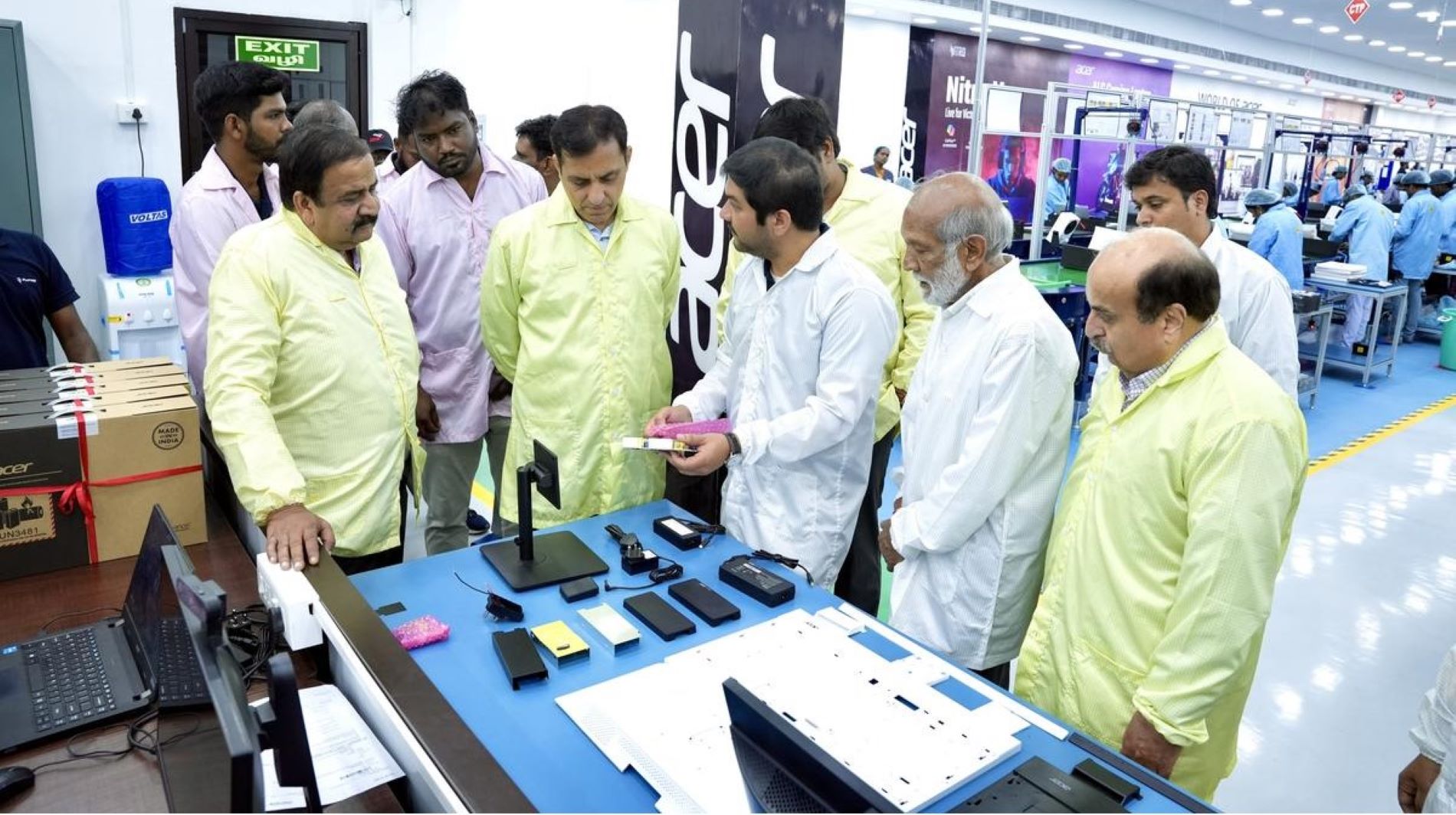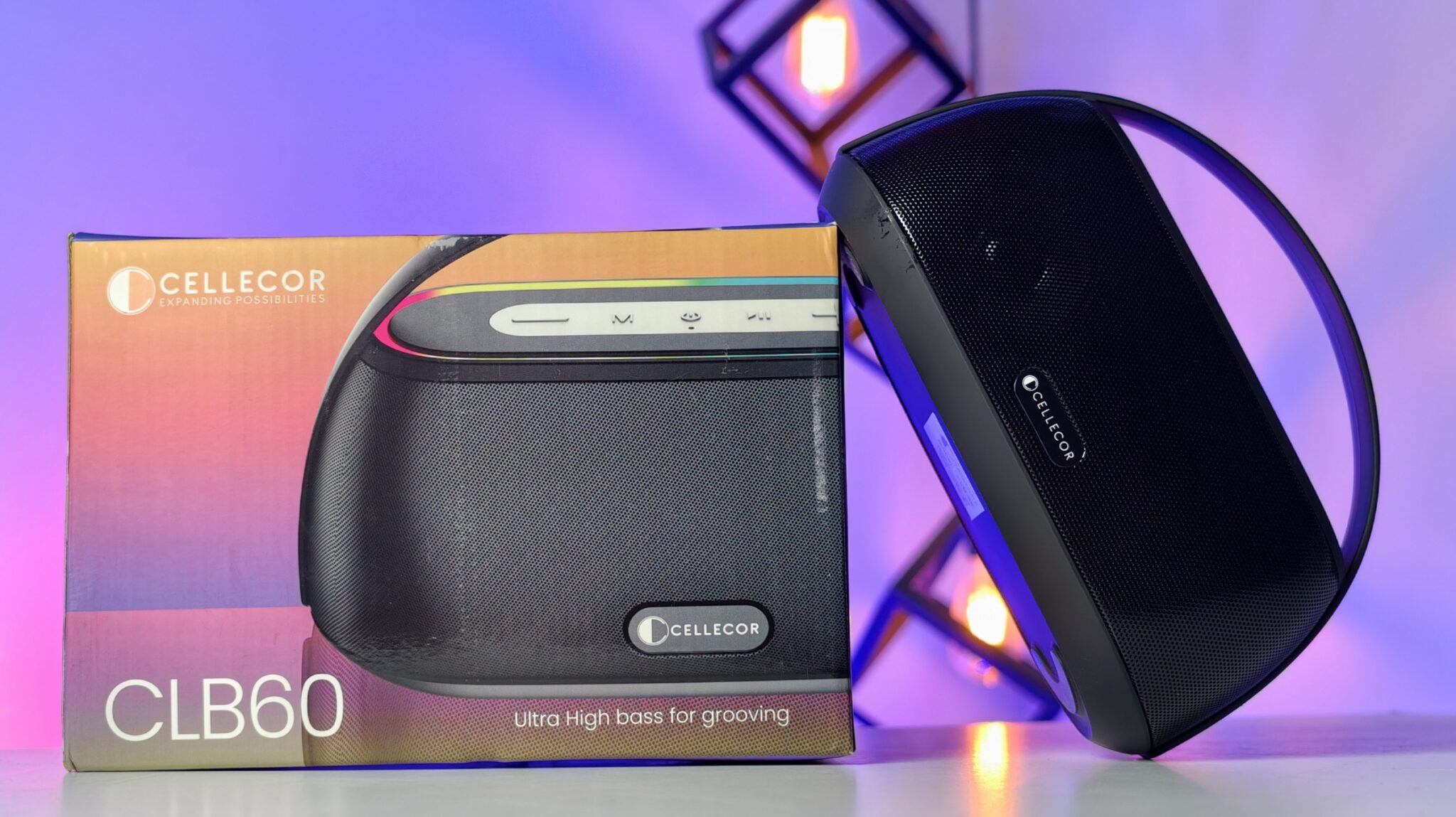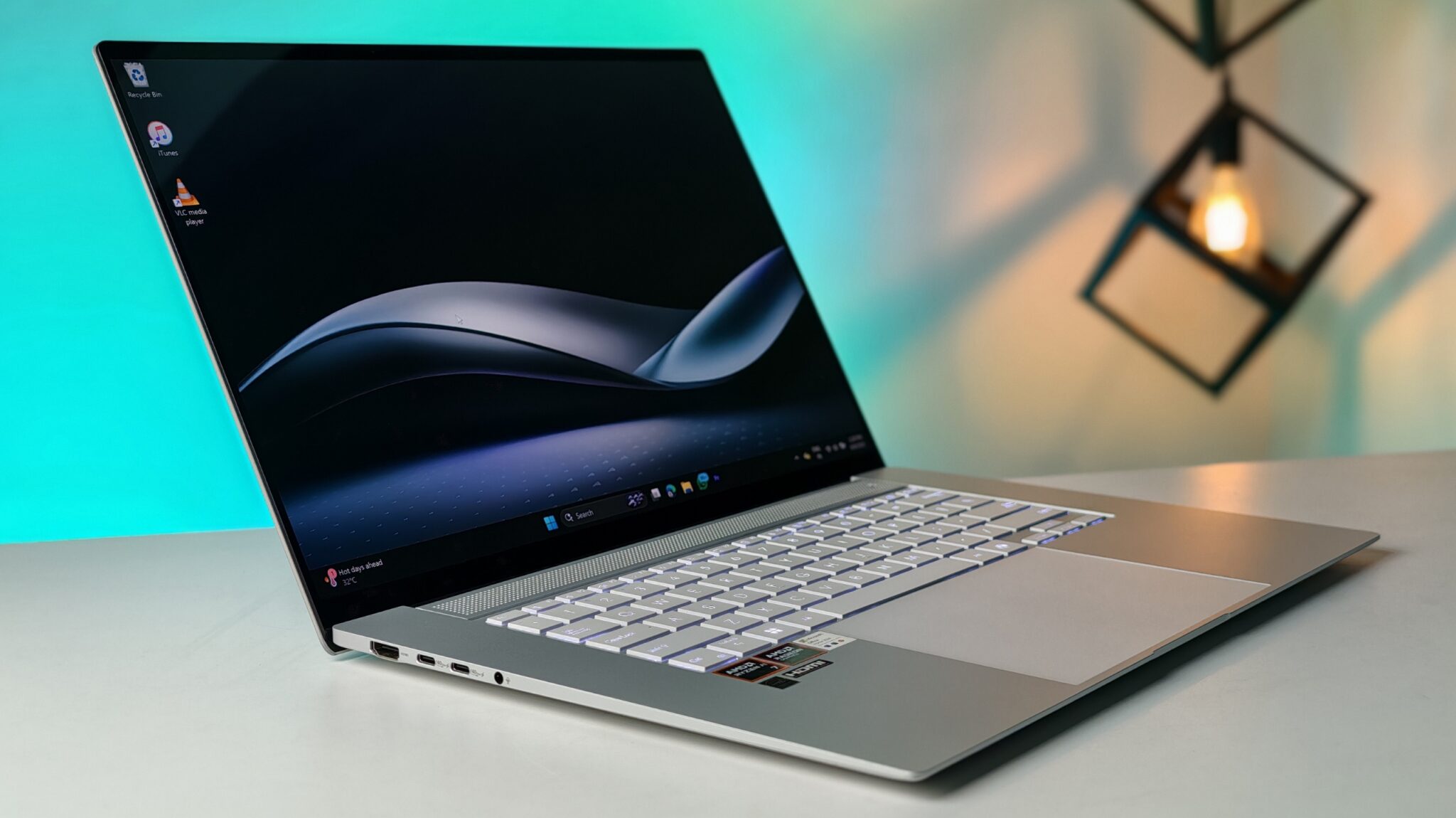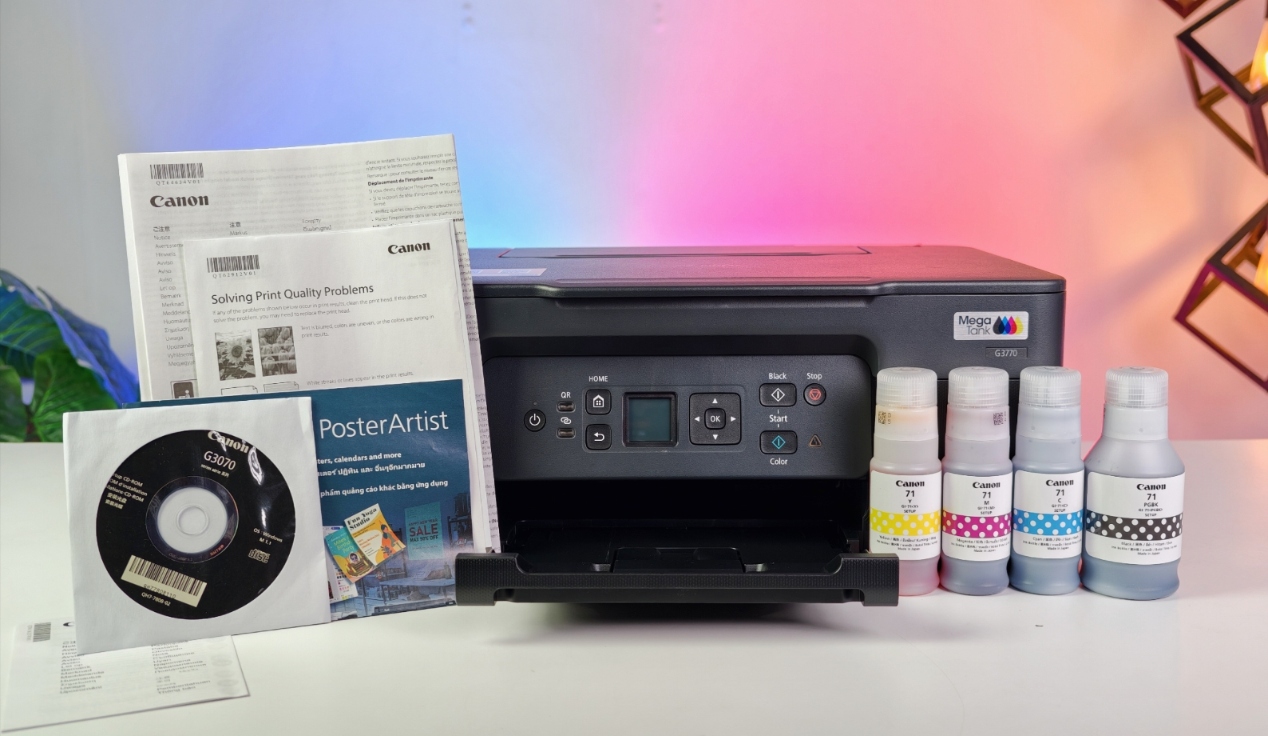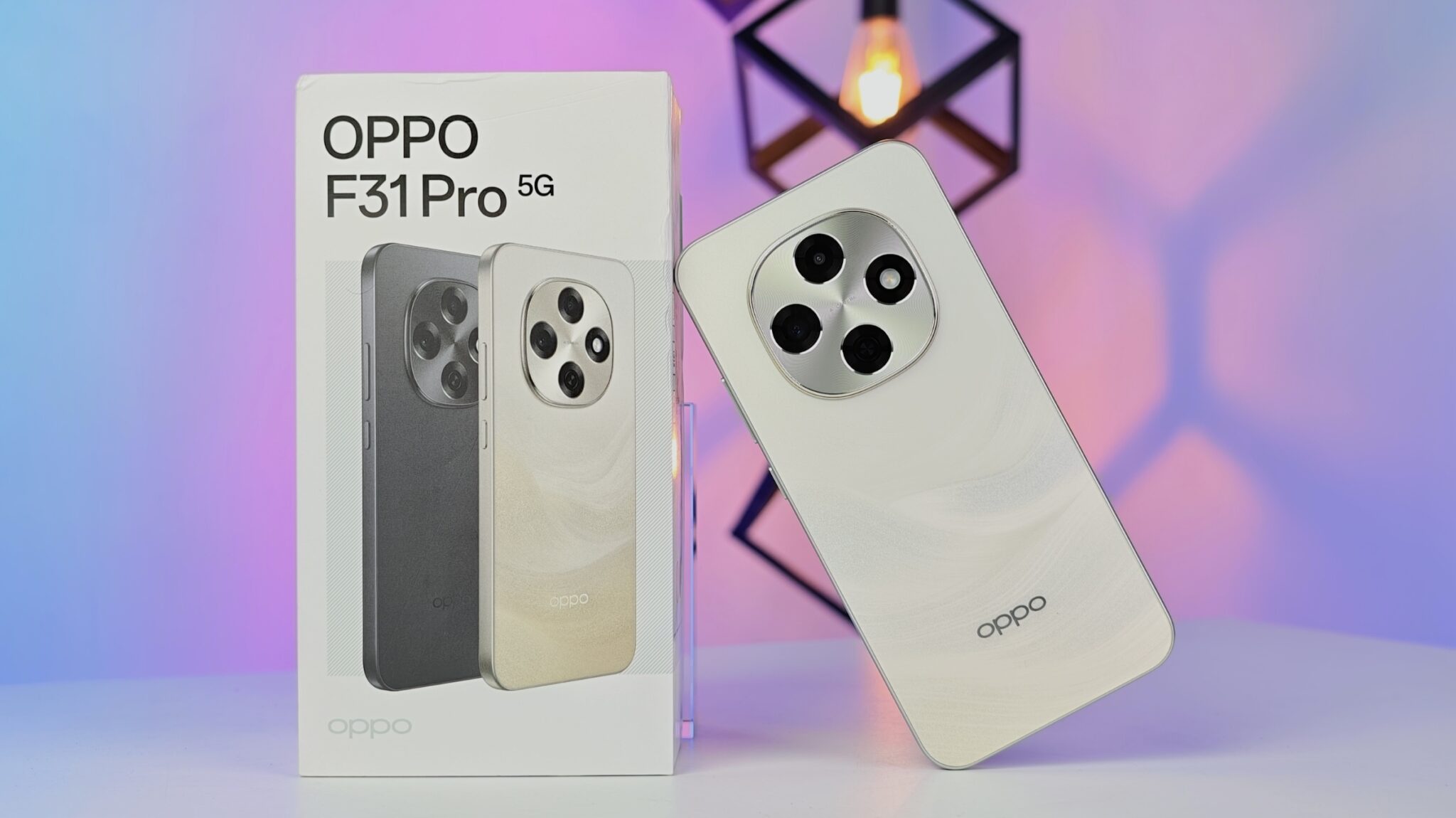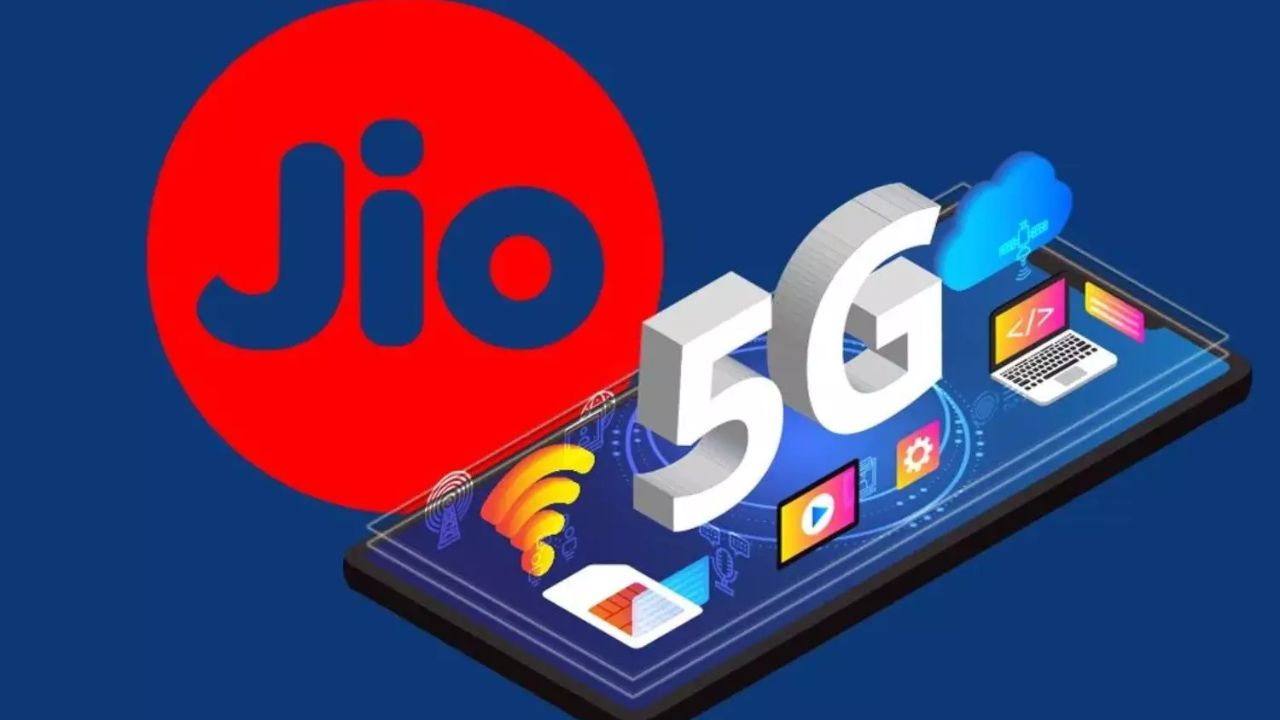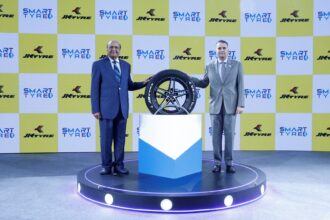NVIDIA has rolled out new updates that bring a significant boost to some of the most popular PC games, including Grand Theft Auto V Enhanced, Senua’s Saga: Hellblade II, Supraworld, and Titan Quest II. These upgrades focus on the latest RTX technologies, especially DLSS 4, to raise frame rates and improve visual quality. For players using GeForce RTX 50 Series GPUs, that means smoother gameplay, even at 4K resolution with every setting turned up.
Key Takeaways
- Grand Theft Auto V Enhanced now includes DLSS 4 with Multi Frame Generation, boosting performance for RTX 50 Series users by an average of 3.9X at 4K.
- Senua’s Saga: Hellblade II receives a new Very High graphics preset along with DLSS 4 Multi Frame Generation for higher frame rates.
- Supraworld launches with day-one support for DLSS 4, DLAA, and other RTX enhancements.
- Titan Quest II surpasses 300,000 Early Access sales and features the complete DLSS 4 suite, including a new transformer AI model for DLSS Super Resolution.
Grand Theft Auto V Enhanced Gets a Major Boost
Grand Theft Auto V may be more than a decade old, but the Enhanced edition keeps evolving. The latest update brings DLSS 4 with Multi Frame Generation, a feature that creates three extra frames for every one rendered. At 4K with all ray tracing effects and detail settings enabled, RTX 50 Series players see average frame rate gains of about 3.9 times compared to native rendering. DLSS Frame Generation, DLSS Super Resolution, and NVIDIA Reflex are also included to further improve responsiveness.
Hellblade II and Other Titles Join the RTX Family
Senua’s Saga: Hellblade II receives an Enhanced update that adds a Very High graphics preset, a Dark Rot mode, and developer commentary. It now supports DLSS 4 with Multi Frame Generation for RTX 50 Series GPUs. At launch, DLSS Frame Generation and DLSS Super Resolution already tripled frame rates at 4K, and NVIDIA Reflex can cut latency by up to 57 percent.
Supraworld, a first-person puzzle game from the creators of Supraland, launches into Early Access on August 15 with DLSS 4 Multi Frame Generation, DLSS Frame Generation, DLSS Super Resolution, and DLAA for those prioritizing image quality.
Titan Quest II has quickly adopted NVIDIA’s latest tech. The action RPG, which sold over 300,000 copies in its first few days of Early Access, supports DLSS 4 Multi Frame Generation for RTX 50 Series, DLSS Frame Generation for RTX 40 Series, and DLSS Super Resolution for all RTX GPUs. Players can choose a new transformer-based AI model for DLSS Super Resolution for better detail, and DLAA can be combined with frame generation for the highest visual quality. NVIDIA Reflex is also supported to reduce latency.
From long-standing hits like GTA V to fresh releases like Supraworld, these updates highlight how RTX technology is helping deliver high performance without sacrificing image quality.
FAQs
Q: What is NVIDIA DLSS 4 with Multi Frame Generation?
A: DLSS 4 with Multi Frame Generation is a new NVIDIA technology that uses an AI model to create three extra frames for every one frame rendered. This significantly boosts performance, but it’s only available on GeForce RTX 50 Series GPUs.
Q: How does DLSS Super Resolution work?
A: DLSS Super Resolution renders a game at a lower resolution and then uses AI to upscale the image to a higher resolution. This increases performance with minimal loss in image quality.
Q: What’s the difference between DLSS and DLAA?
A: DLSS (Deep Learning Super Sampling) focuses on boosting a game’s performance by upscaling a lower-resolution image using AI. DLAA (Deep Learning Anti-Aliasing) uses AI to improve the anti-aliasing of an image at its native resolution, with a focus on visual quality over performance.
Q: What is NVIDIA Reflex?
A: NVIDIA Reflex is a technology suite that reduces system latency, or input lag, in games. This allows for faster reactions and a more responsive gaming experience.
